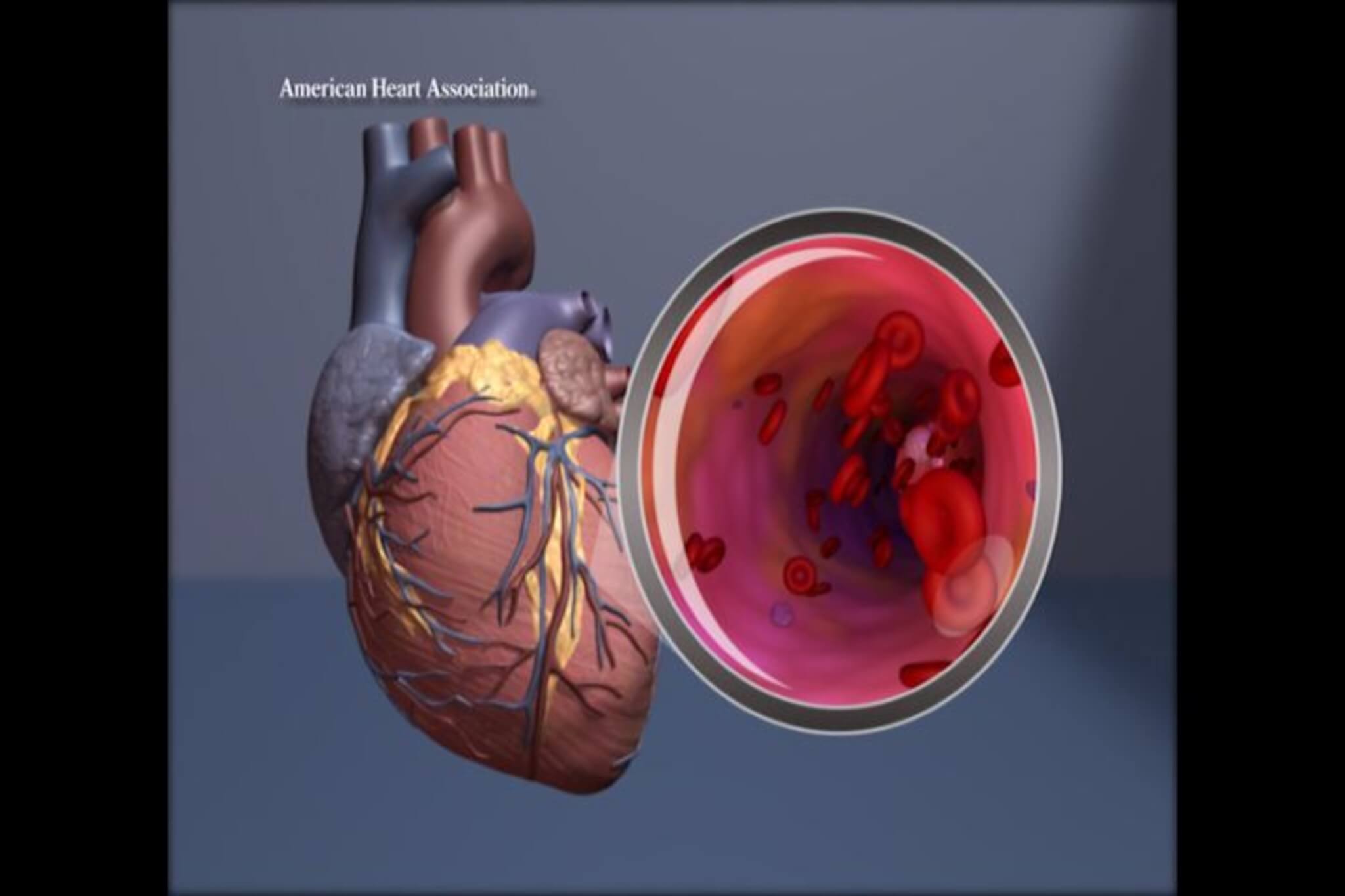UPPSALA, Sweden — The passage of time and the way in which we experience it feels oddly paradoxical at times. Certain minutes and hours seem to drag on forever while years and months fly by in a flash. People often say we should enjoy each day, as no one ever knows when they’ll be facing their last. On a related note, heart attacks are the number one most common cause of death globally. Now, however, researchers from Uppsala University have discovered it is possible to predict an increased risk of heart attack over the next six months.
Study authors explain that a standard blood test, in combination with a newly developed online tool, appears capable of predicting future heart attack risk. They hope these astounding developments can help boost patients’ motivation to change their lifestyles.
Despite the prevalence and deadly nature of heart attacks, plenty of high-risk individuals go unidentified or simply fail to adhere to preventive treatments. This latest work, conducted by Professor Johan Sundström at Uppsala University, now surprisingly reports that standard blood tests can predict heart attacks. The only major issue, researchers say, is that many risk factors were previously verified during studies involving five to 10 years of follow-up. Only factors stable over time are capable of identification.
“However, we know that the time just before a heart attack is very dynamic. For example, the risk of a heart attack doubles during the month after a divorce, and the risk of a fatal heart event is five times as high during the week after a cancer diagnosis,” says Sundström, who is a cardiologist and professor of epidemiology at Uppsala University, in a media release.
In collaboration with other European researchers, Prof. Sundström adopted the hypothesis that several important biological processes are active during the months preceding a heart attack – and these processes are detectable via a simple blood test.
“We wanted to develop methods that would enable the health services to identify people who will soon suffer their first heart attack,” Sundström says.
💡What Is A Heart Attack?
- A heart attack happens when a blocked artery stops enough blood from reaching a part of the heart muscle.
- This lack of oxygen-rich blood starves the heart tissue, causing damage and pain.
- Chest pain is the classic sign, but a heart attack can also bring shortness of breath, nausea, sweating, and radiating pain in the jaw, arm, or back.

The study authors used blood samples encompassing 169,053 individuals without prior cardiovascular disease across six European cohorts. Over the next six months, 420 of those individuals went on to suffer their first heart attack. The blood of those patients was compared with blood from 1,598 healthy participants.
“We identified around 90 molecules that were linked to a risk of a first heart attack. However, the samples that are already taken in healthcare now are enough to predict the risk. We hope that this will increase people’s motivation to take their preventive medicine or stop smoking, for example,” Prof. Sundström notes.
The research team also developed a simple online tool that allows anyone to find out their risk of having a heart attack within six months.
“This was one of the aims of the entire study, since we know that people feel relatively low motivation to follow preventive treatments. If you find out that you happen to have an increased risk of suffering a heart attack soon, perhaps you will feel more motivated to prevent it,” Prof. Sundström adds.
Moving forward, researchers plan to study the 90 or so new molecules in an attempt to better understand them and determine if there are any possible treatment avenues.
“We hope to be able to carry out a new study here in Uppsala to see whether the online tool provides the kind of motivation we intend,” Prof. Sundström concludes.
The study is published in the journal Nature.
